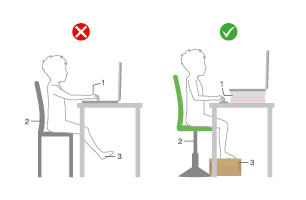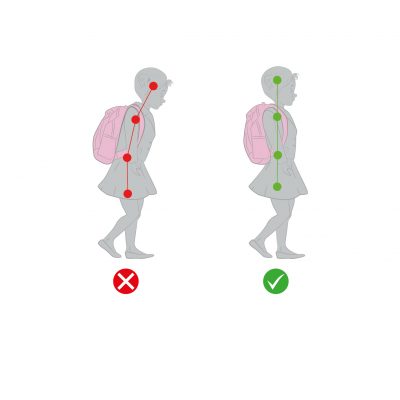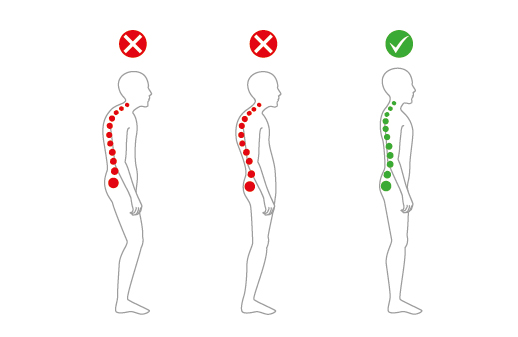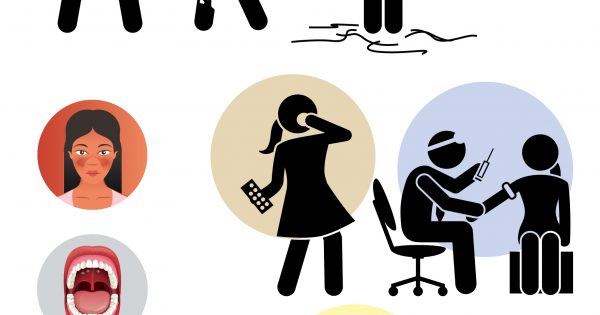Parents are often quick to scold their children for slouching. And for good reason. After all, poor posture can adversely affect their overall health.
Good posture vs poor posture
Ensuring proper posture in your child is important as poor posture can lead to a number of health consequences. Poor posture can cause:
- Abnormal pressure on joint surfaces, which can lead to bone and joint diseases like arthritis.
- Misalignment of the musculoskeletal system (postural deviation), neck/back muscle spasms and pain, overuse injuries, and nerve compression.
- Problems with digestion and restricted respiration (which can lead to breathing difficulties).
On the other hand, good posture can:
- Align bones and joints, allowing muscles to function optimally.
- Reduce abnormal wear and tear of joint surfaces, as well as excessive stress on ligaments. This can also reduce back, neck, and shoulder pain.
- Maintain optimal circulation, digestion, and respiration.
Tips on cultivating good posture habits in children

- Use appropriately sized furniture. Furniture should ideally accommodate the size and height of your child. When children sit with their bottoms positioned at the back of the chair, their feet should be able to touch the floor, and the backrest should provide sufficient support to the lower back and shoulder blades.

- Use an appropriate backpack. Backpacks should properly fit the child, with heavier items positioned close to the child’s back. Try to keep the backpack as light as possible.
- Encourage physical activity. Ensure your child is physically active throughout the day (e.g. taking part in sports, walks in the park, playing outside, etc.). Swimming in particular has been shown to strengthen the body’s core muscles, leading to good posture.
- Limit sedentary activities. Prolonged sitting should be limited. If necessary, encourage using different positions (e.g. standing, lying on their tummy, etc.) during these activities.
- Encourage taking active breaks. When doing activities that require a lot of sitting time (e.g. homework, watching television, etc.), encourage the child to take breaks by walking, moving, or stretching.
Chiropractic treatment: what parents should know
In Malaysia, chiropractic is considered a form of traditional and complementary medicine (TCM). Some studies claim that it can be used as a complementary treatment for certain conditions. However, there is limited evidence available. Consult your family doctor to assess if chiropractic treatment is right for your child.
Posture can influence the health and development of your child. Therefore, instilling these habits early can help reinforce good posture in your children.







Comments